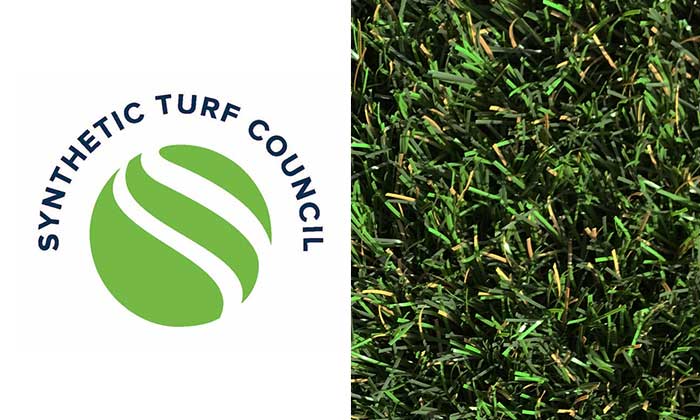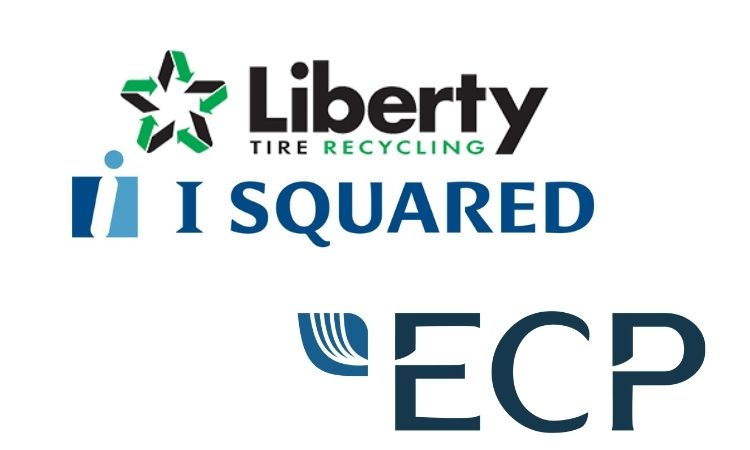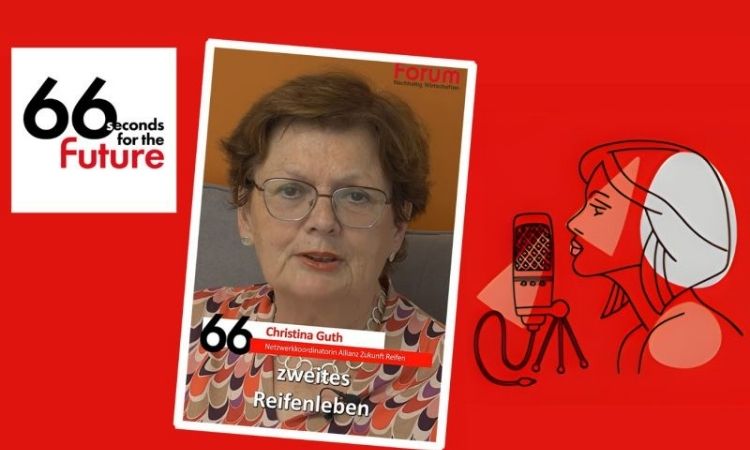SIGNUS published Guide to applications of recycled rubber from tires in cities
Recently, SIGNUS Ecovalor has published the Guide to highlight the different uses of recycled tire materials in urban environments (pavements, urban furniture, etc.). This Guide, primarily aimed at municipalities, is designed to be a helpful tool in fulfilling their commitment to the Circular Economy in cities and addressing the need to incorporate ecological criteria in public procurement. This will enable administrations to promote and contribute to economic and environmental sustainability goals through their activities.
Recycled rubber is a material resource that offers numerous advantages, not only environmentally, as it comes from waste, but also technically, due to its properties such as impact, vibration, and noise absorption, and durability due to its high resistance to any climatic condition. Thus, once recycled, tires play an important role in transforming cities given their numerous applications: safety pavements, sports surfaces (athletics tracks, multi-sport courts, gym floors, football fields), street paving, urban pavements (bike lanes, jogging tracks, playgrounds in schools, walkable plazas, etc.), tree grates, bollards, vibration attenuation in subways or trams, bike lane separators, parking stops, urban furniture (benches, planters, etc.), urban ornamentation (roundabouts, sculptures and playgrounds, vertical gardens).
Using recycled rubber to manufacture products for urban environments is one of the most sustainable solutions within end-of-life tire recycling. The Guide details the characteristics and advantages of this material, along with concrete solutions and graphic examples that also support the principles of the Circular Economy by reducing the consumption of virgin raw materials, thereby improving the environmental quality of cities.
Download the full Guide at SIGNUS Ecovalor's website.
Press release by SIGNUS Ecovalor.
Weibold is an international consulting company specializing exclusively in end-of-life tire recycling and pyrolysis. Since 1999, we have helped companies grow and build profitable businesses.









